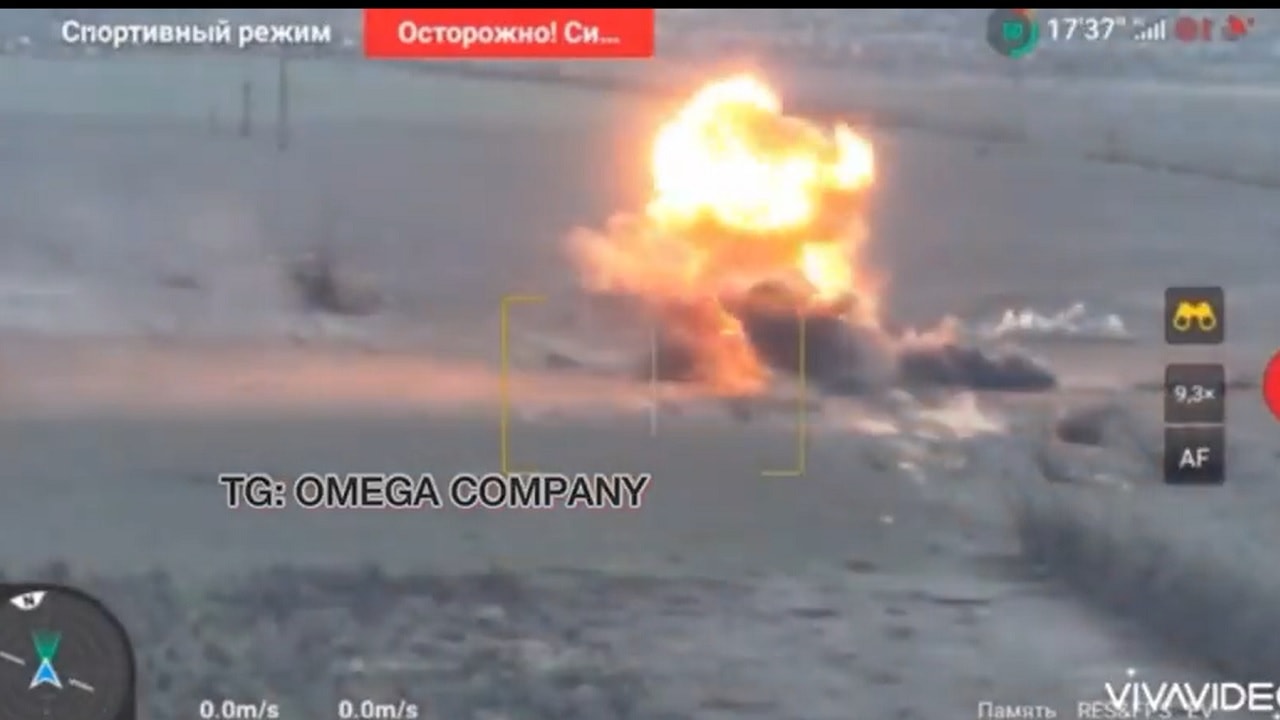It is a challenge in any war to determine casualty figures. The dynamic nature of conflict — the fog of war — hinders any effort to verify facts. Casualty figures are of great importance, however. They can help planners develop new tactics and strategies, and they inform policymakers of the costs and prospects of continued conflict. Adversaries can amplify losses, while governments must downplay poor numbers to maintain domestic support.
The Russian invasion of Ukraine has proven no different on any of these counts. Comparing figures released by Russian and Ukrainian authorities, as well as by Western governments and independent analysts, yields a wide array of results. Several groups have sought to clarify precisely how many casualties Russia has actually suffered.
Unskewing Multiple Claims (Smoothing the Data)
A group of academicians in the United States kicked off the effort, beginning by studying a large array of casualty reports from the outset of the war to February 2023. In essence, they smoothed the data, accounting for outlier reports and bias from different sources. The Institute for the Study of War came up with a result of approximately 76,000 Russians killed.
Inheritance/Excess Deaths
Two independent Russian media outlets, Mediazona and Meduza, teamed up with a German data scientist to use techniques for evaluating deaths developed during the Covid-19 pandemic to try to determine real casualty figures for the conflict. Their methods included analyzing inheritance claims and excess deaths reported in Russia.
By examining these two sets of data, the team estimates nearly 50,000 Russian soldiers killed as of May this year. To reach this figure, they essentially estimated how many more men under 50 died than would pass away during a normal year in Russia, using “data from the National Probate Registry [that] contained information about more than 11 million people who died between 2014 and May 2023.”
DoD Numbers for Ukraine War
The most recent report from the U.S. government puts the figure at a staggering 120,000 killed and approximately 170,000 wounded in the Ukraine war. By comparison, the U.S. lost around 58,000 killed over the entire engagement in Vietnam. To obtain this number, officials used “satellite imagery, communication intercepts, social media and news media dispatches from reporters in the country, as well as official reporting from both governments.”
Even with modern techniques such as sophisticated statistical analysis and geolocated footage, it is still almost impossible to come up with an accurate account of casualties. Each group referenced here came up with a different number. While the differing results can be attributed in part to the timeframe during which the studies were conducted, this does not fully explain the variation. The real number is probably some amalgamation of the preceding estimates and may not be known until well after the war’s end.
Regardless, this is one of the costliest wars in modern history, and it remains to be seen whether either nation can sustain such bloodshed for long. Each soldier killed is a friend, relative, and family member, and it is important for policymakers and observers to remember the human cost of the war.
Maya Carlin, a Senior Editor for 19FortyFive, is an analyst with the Center for Security Policy and a former Anna Sobol Levy Fellow at IDC Herzliya in Israel. She has by-lines in many publications, including The National Interest, Jerusalem Post, and Times of Israel. You can follow her on Twitter: @MayaCarlin.
From the Vault
Footage Shows World War I Guns Being Used in Ukraine
‘Vacuum Bombs Destroyed’: Ukraine Footage Shows Putin’s Thermobaric Rockets Destroyed

